41 organic food standards and labels the facts
Labeling Organic Products | Agricultural Marketing Service What do the four different organic labels mean? "100 Percent Organic" Used to label any product that contains 100 percent organic ingredients (excluding salt and water, which are considered natural) Most raw, unprocessed or minimally processed farm crops can be labeled "100 percent organic" Organic food and farming: scientific facts and consumer perceptions 1. Introduction. Organic farming in the EU is a system of agriculture and food production that combines favourable environmental and animal welfare standards and is supported by EU law (Regulations (EC) No 834/2007 (1) and 889/2008/EC (2)). The organic production system strives for minimal disruption of the natural equilibrium while ensuring ...
Organic vs. Non-Organic Food Facts - Connected Women Organic-Must-Buy. The Environmental Working Group says that 99% of apples, 98% of peaches and 97% of nectarines are all positive for at least one pesticide residue. Most of all non-organic grapes and bell peppers tested positive for 15 different pesticides while cherry tomatoes, snap peas and strawberries showed 13 different pesticides.
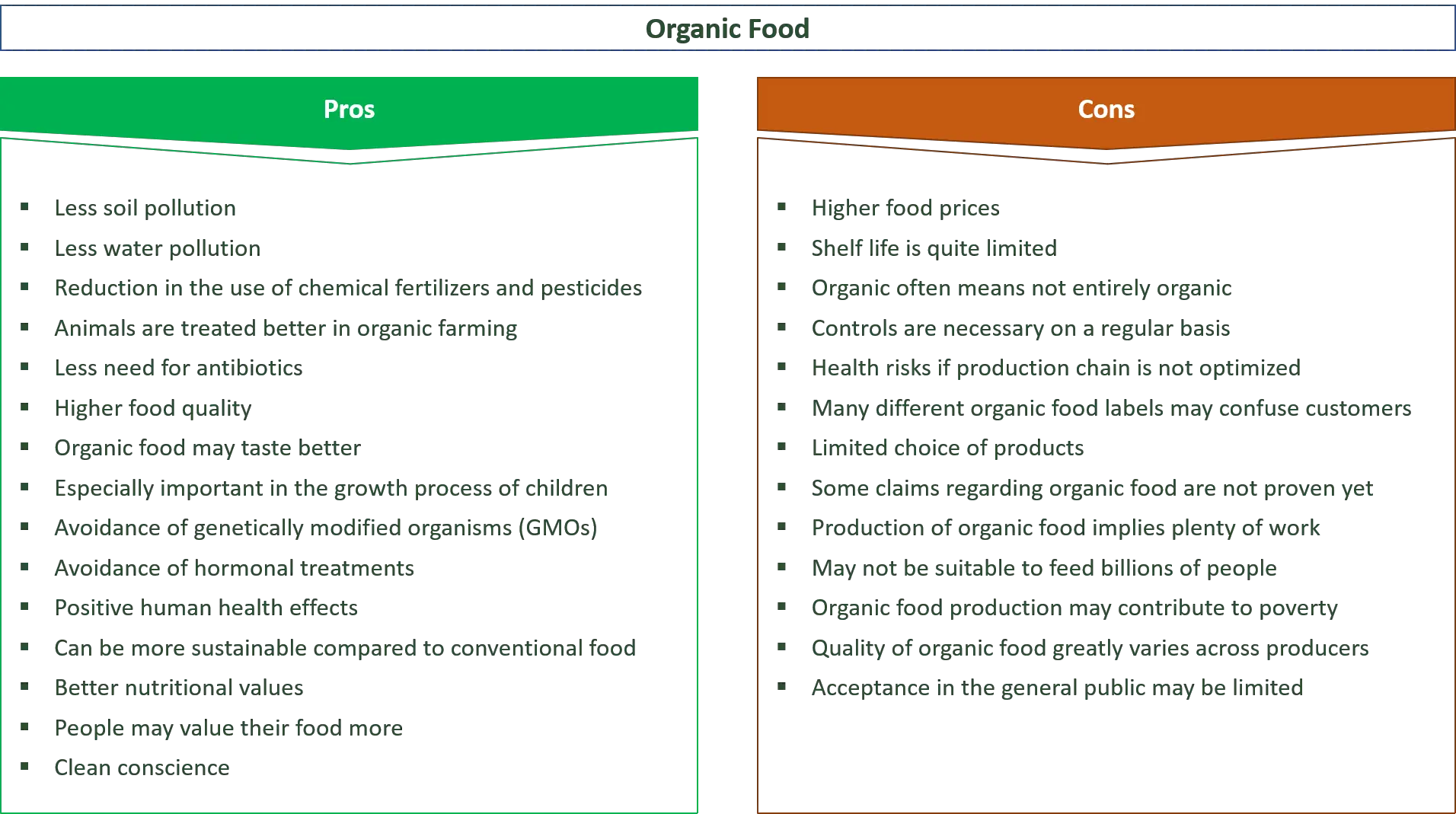
Organic food standards and labels the facts
What Does Organic Mean? The Facts about Organic Food Standards and Labels Only food labeled "organic" has been certified as meeting USDA organic standards. For more detailed information on the USDA organic standards, visit the USDA National Organic Program website or call the National Organic Program at 202-720-3252, or write USDA-AMS-TM-NOP, Room 4008 S. Bldg., Ag Stop 0268, 1400 Independence, SW, Washington, DC 20250. The Organic Seal | Agricultural Marketing Service The labeling requirements of the NOP apply to raw, fresh products and processed products that contain organic agricultural ingredients. Agricultural products that are sold, labeled, or represented as organic must be produced and processed in accordance with the NOP standards. Organic 101: What the USDA Organic Label Means | USDA USDA certified organic foods are grown and processed according to federal guidelines addressing, among many factors, soil quality, animal raising practices, pest and weed control, and use of additives. Organic producers rely on natural substances and physical, mechanical, or biologically based farming methods to the fullest extent possible.
Organic food standards and labels the facts. Organic Food: 1. Introduction - GreenFacts The principles governing organic food in the European Union (EU) are defined in Regulation No 834/2007 and Regulation No 889/2008 on organic production and labelling. This method of production pursues the respect of nature's systems and cycles, a high level of biodiversity, responsible use of energy and natural resources such as water, soil, organic matter and air, and high animal welfare ... Organic Food Standards and Labels: The Facts - MedicineNet Only food labeled "organic" has been certified as meeting USDA organic standards. For more detailed information on the USDA organic standards, visit our web site at , call the National Organic Program at 202-720-3252, or write USDA-AMS-TM-NOP, Room 4008 S. Bldg., Ag Stop 0268, 1400 Independence, SW, Washington, DC 20250. What do you Know About Organic Foods? - IFT.org - Institute of Food ... The term organic reflects how a food is produced and processed, not the nutritional make-up of a food. There is a prevailing belief that organic food products are somehow healthier, or better for you, than non-organic or "conventional" products. Recent research, including a 2012 Stanford University study, has confirmed that organic foods ... Organic foods: Are they safer? More nutritious? - Mayo Clinic The USDA guidelines describe organic foods on product labels as: 100% organic. This label is used on certified organic fruits, vegetables, eggs, meat or other foods that have one ingredient. It may also be used on food items with many ingredients if all the items are certified organic, except for salt and water. These may have a USDA seal. Organic.
Meat and Poultry Labeling Terms | Food Safety and Inspection Service FSIS is the agency responsible for ensuring the truthfulness and accuracy in labeling of meat and poultry products. Knowing the meaning of labeling terms can make purchasing of meat and poultry products less confusing. BASTED or SELF BASTED CERTIFIED CHEMICAL FREE FREE RANGE or FREE ROAMING FRESH POULTRY FROZEN POULTRY FRYER-ROASTER TURKEY Organic Production/Organic Food: Information Access Tools Organic food is produced by farmers who emphasize the use of renewable resources and the conservation of soil and water to enhance environmental quality for future generations. Organic meat, poultry, eggs, and dairy products come from animals that are given no antibiotics or growth hormones. What we know today about organic food - MSU Extension Food with a United States Department of Agriculture ( USDA) Certified Organic label is food that has been produced according to a certain set of standards. To summarize these standards, organic producers must follow specific practices regarding livestock handling, pest control, crop production, soil and water quality, and food additives. Organic Food: Fact vs. Perception | American Heart Association For agricultural products, these requirements include nonuse of hormones, pesticides, irradiation or bioengineering. Animals used for meat, poultry, eggs or dairy products must not receive antibiotics or growth hormones. Organic products are subject to the same USDA safety standards as all other food products.
Organic Standards | OTA These standards require that products bearing the USDA organic label be grown and processed without the use of toxic and synthetic pesticides and fertilizers, genetic engineering, antibiotics, synthetic growth hormones, artificial flavors, colors, preservatives, sewage sludge and irradiation. 50 Interesting Organic Food Facts | FactRetriever.com Organic food labeling standards are based on the percentage of organic ingredients in a product. Products labeled "100% organic" must contain only organically produced ingredients. Products labeled "organic" must contain at least 95% organically produced ingredients. Organic on Food Labels | FDA Organic on Food Labels FDA does not regulate the use of the term "organic" on food labels. The National Organic Program (NOP) is the federal regulatory framework governing organically produced... Food Labeling | National Agricultural Library This guide provides definitions and animal welfare implications for some of the most commonly used labels on dairy, egg, meat, and poultry products, including labels used when farmers participate in certification programs. Read the Guide Page Content Curated By Agricultural Law Information Partnership Animal Welfare Information Center (AWIC)
Understanding the USDA Organic Label The USDA organic standards allows the seal to be printed in full color, which includes a specific shade of green, brown, and white, or it can be printed in black and white. For more on use of the organic seal, access . Cindy Ormaza Mar 03, 2021
24 Organic Food Statistics & Facts for a Much Healthier 2022 5.7% of food sold in America is organic, according to facts about organic food. 83% of US citizens will opt for organic, while the number of organic food proponents was 30% six years earlier. 62% of US consumers would purchase organic if it were more affordable. Millennials with children are the most likely to spend money on organic food.
Organic 101: What the USDA Organic Label Means | USDA USDA certified organic foods are grown and processed according to federal guidelines addressing, among many factors, soil quality, animal raising practices, pest and weed control, and use of additives. Organic producers rely on natural substances and physical, mechanical, or biologically based farming methods to the fullest extent possible.
The Organic Seal | Agricultural Marketing Service The labeling requirements of the NOP apply to raw, fresh products and processed products that contain organic agricultural ingredients. Agricultural products that are sold, labeled, or represented as organic must be produced and processed in accordance with the NOP standards.
What Does Organic Mean? The Facts about Organic Food Standards and Labels Only food labeled "organic" has been certified as meeting USDA organic standards. For more detailed information on the USDA organic standards, visit the USDA National Organic Program website or call the National Organic Program at 202-720-3252, or write USDA-AMS-TM-NOP, Room 4008 S. Bldg., Ag Stop 0268, 1400 Independence, SW, Washington, DC 20250.


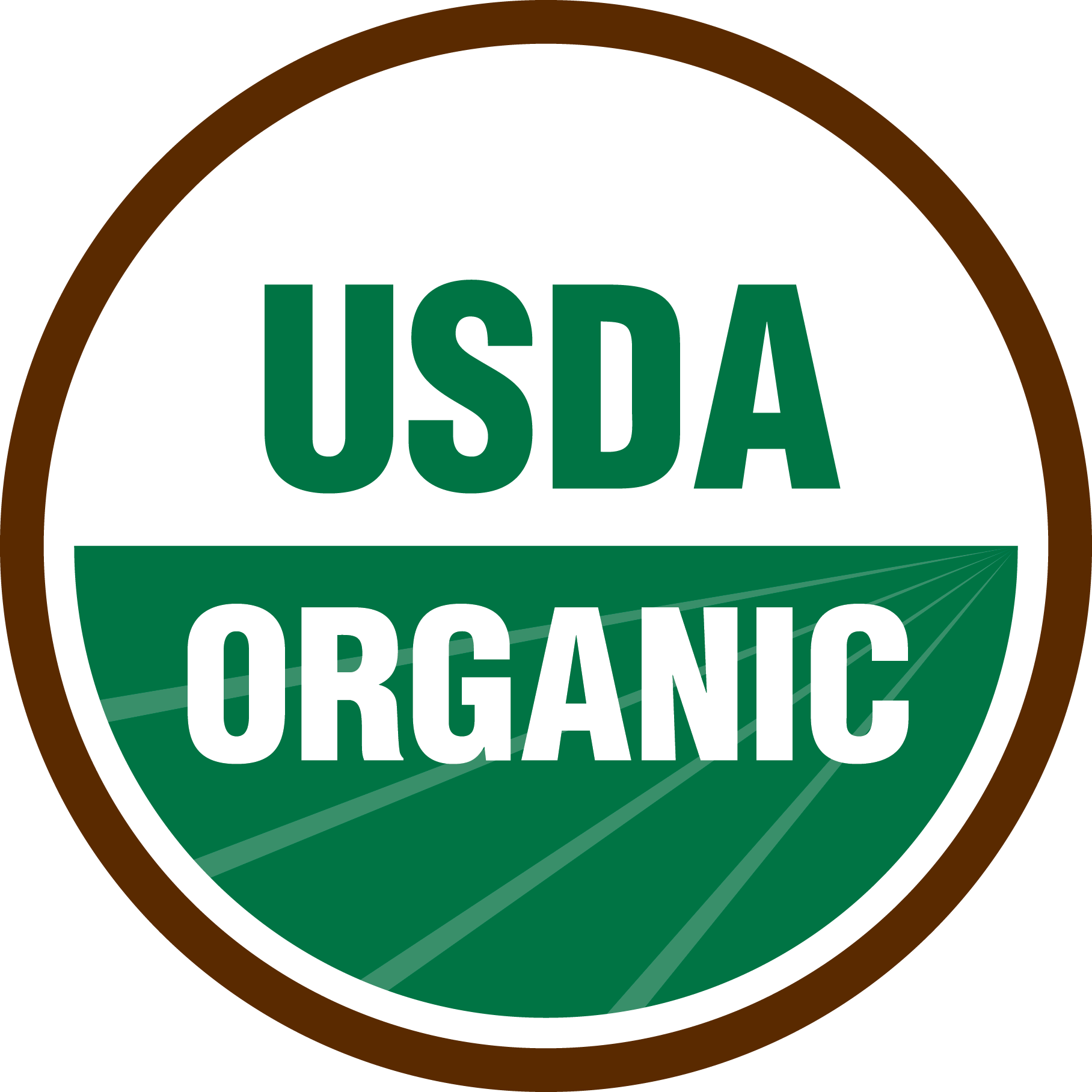


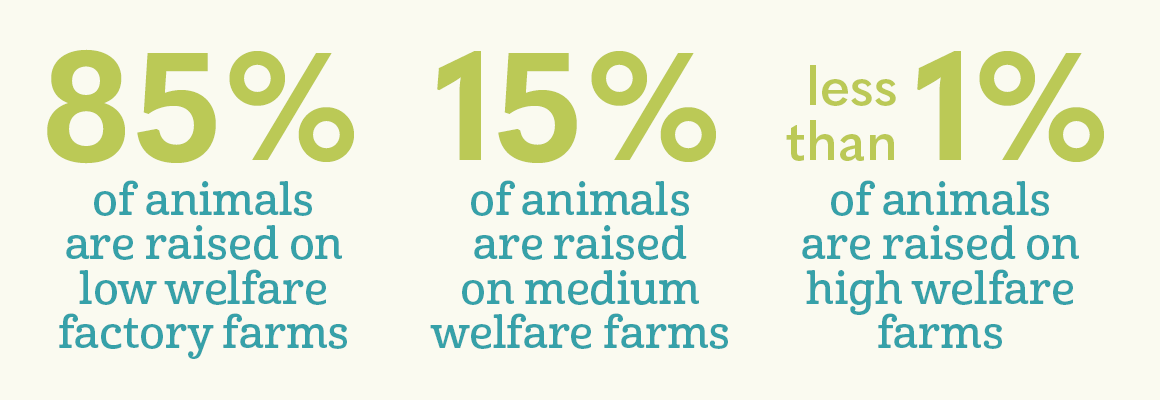
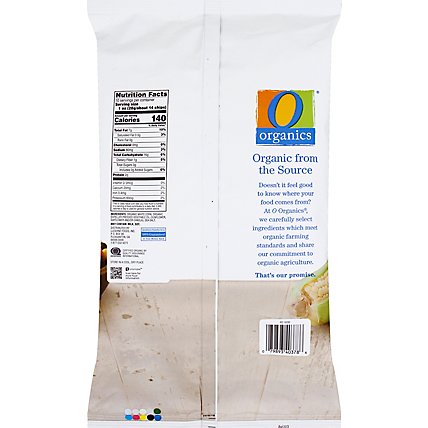



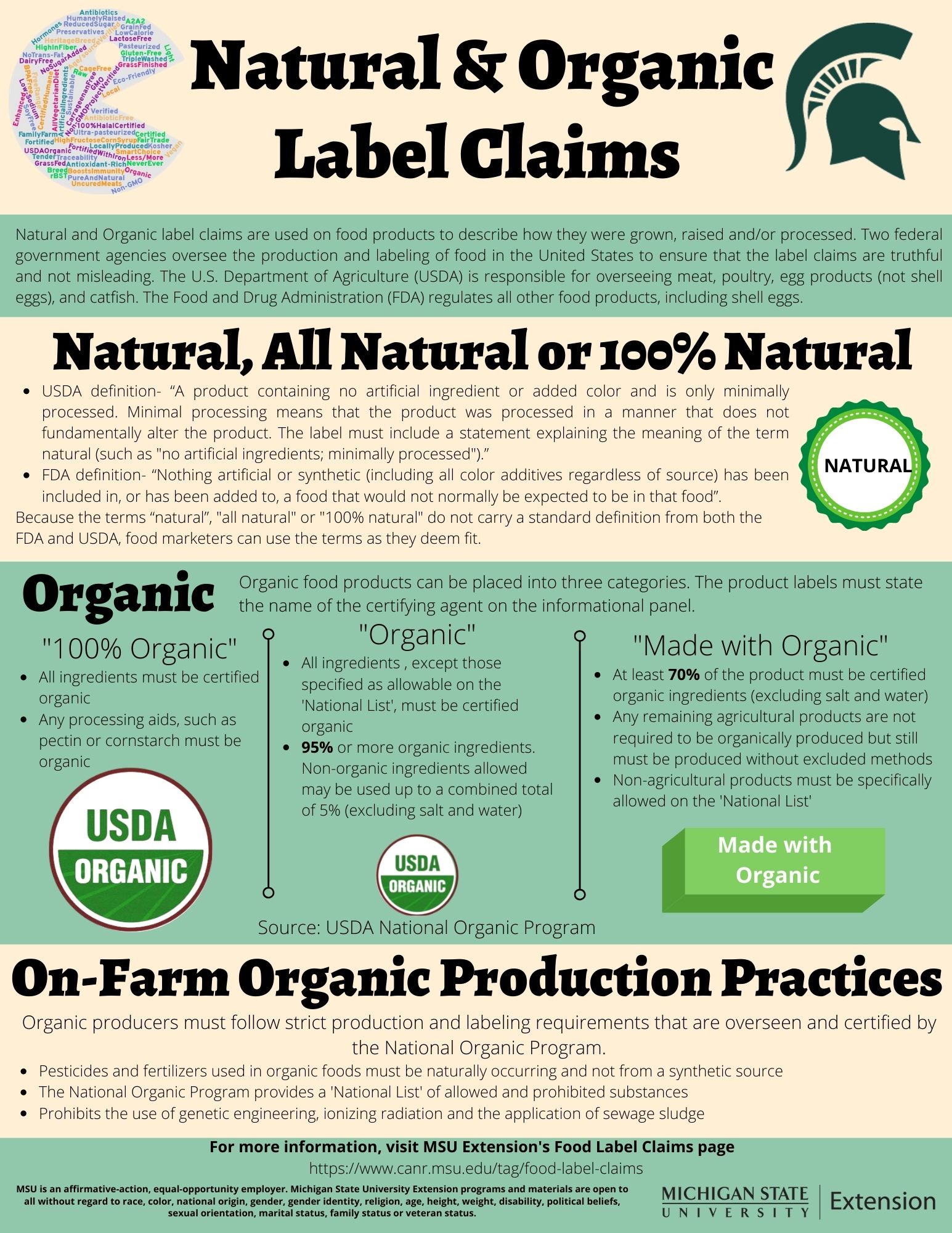
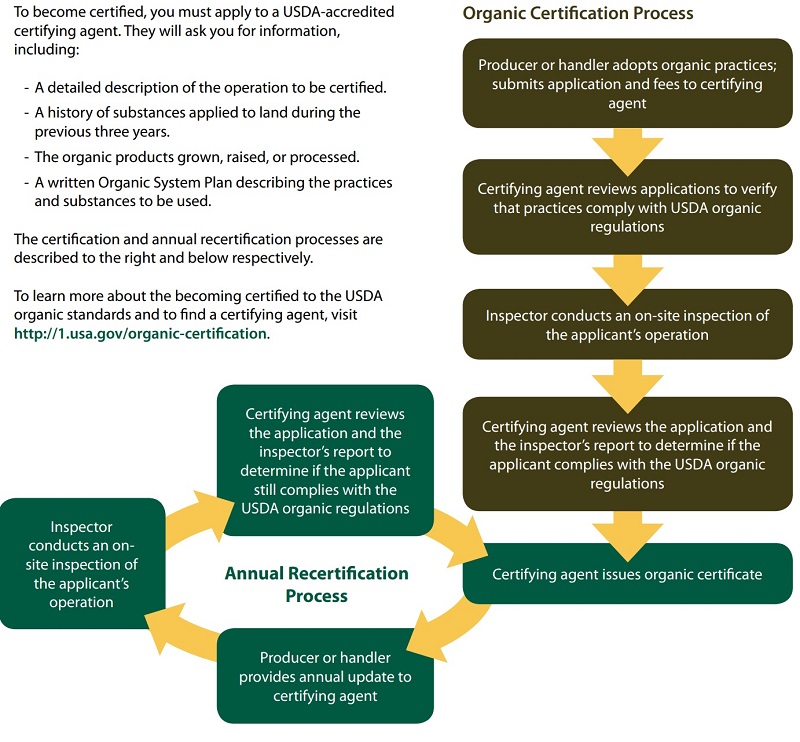



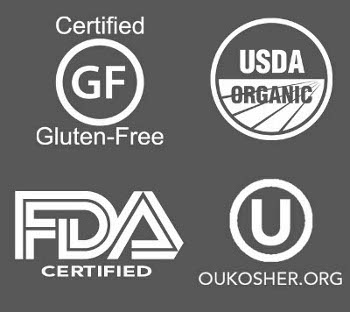
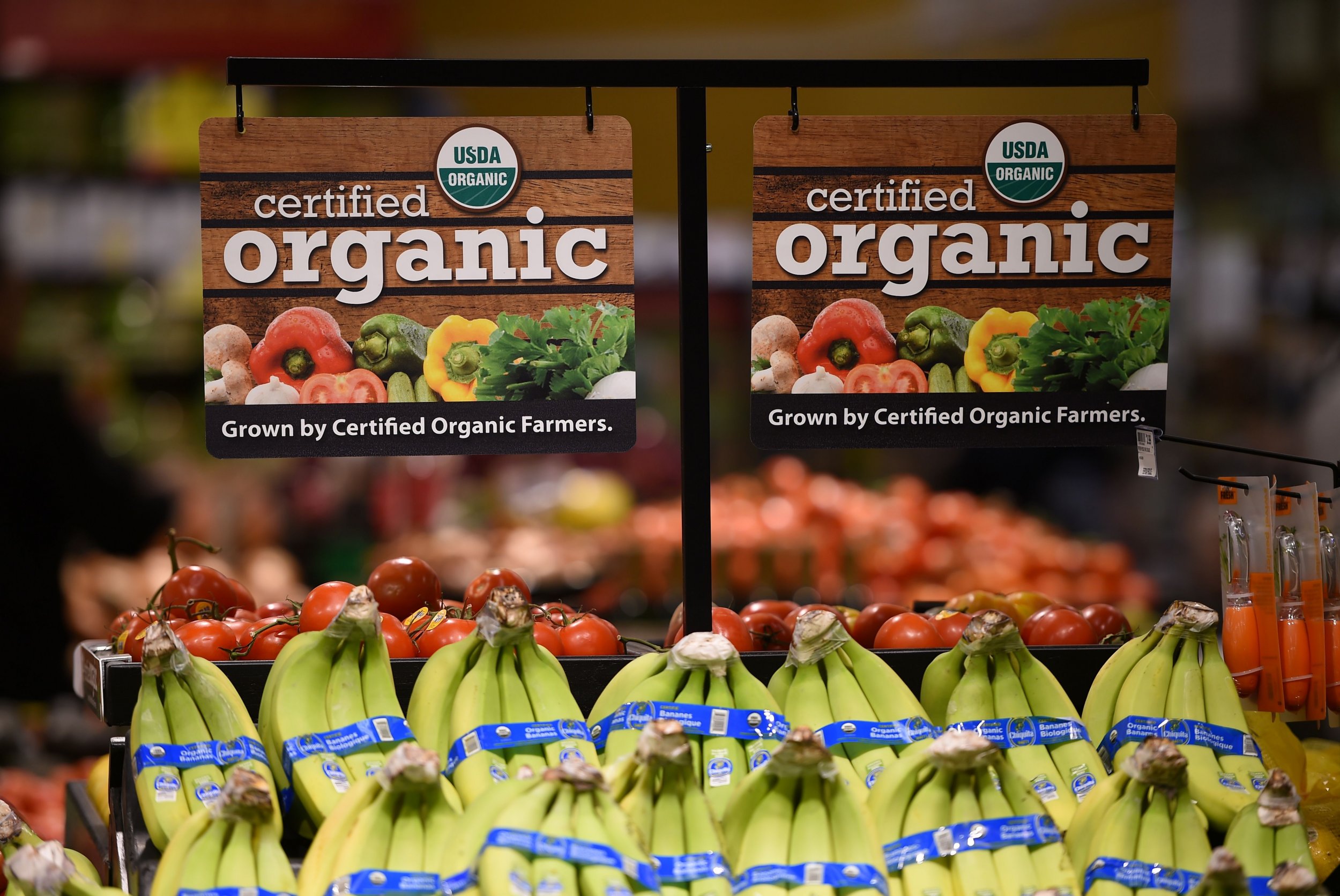


/whats-cracking-with-organic-eggs-1708923_V2-612c69a0d690498eb9ec4c7594b08445.png)









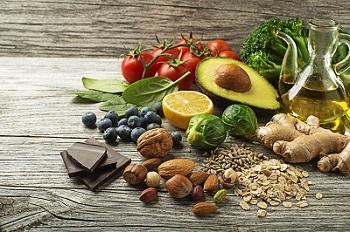


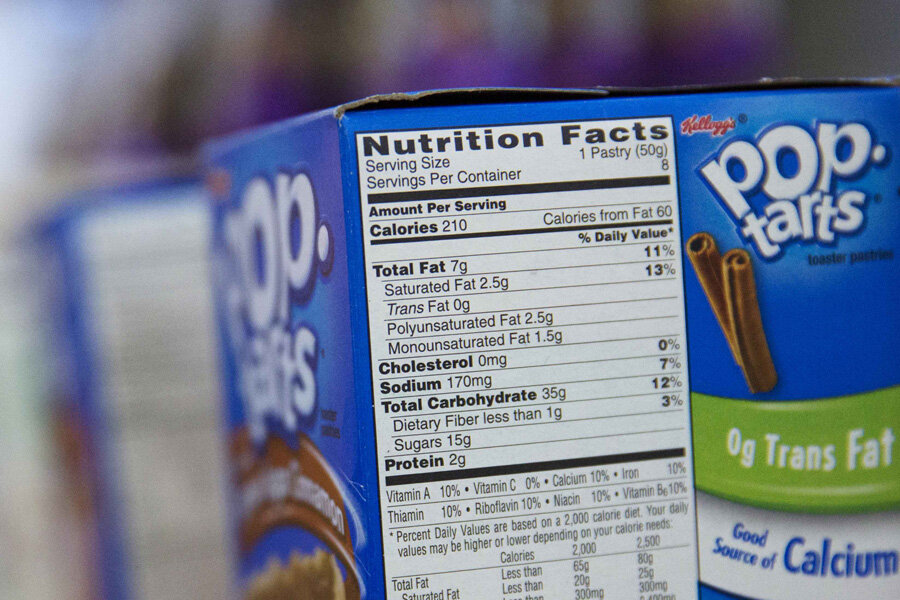

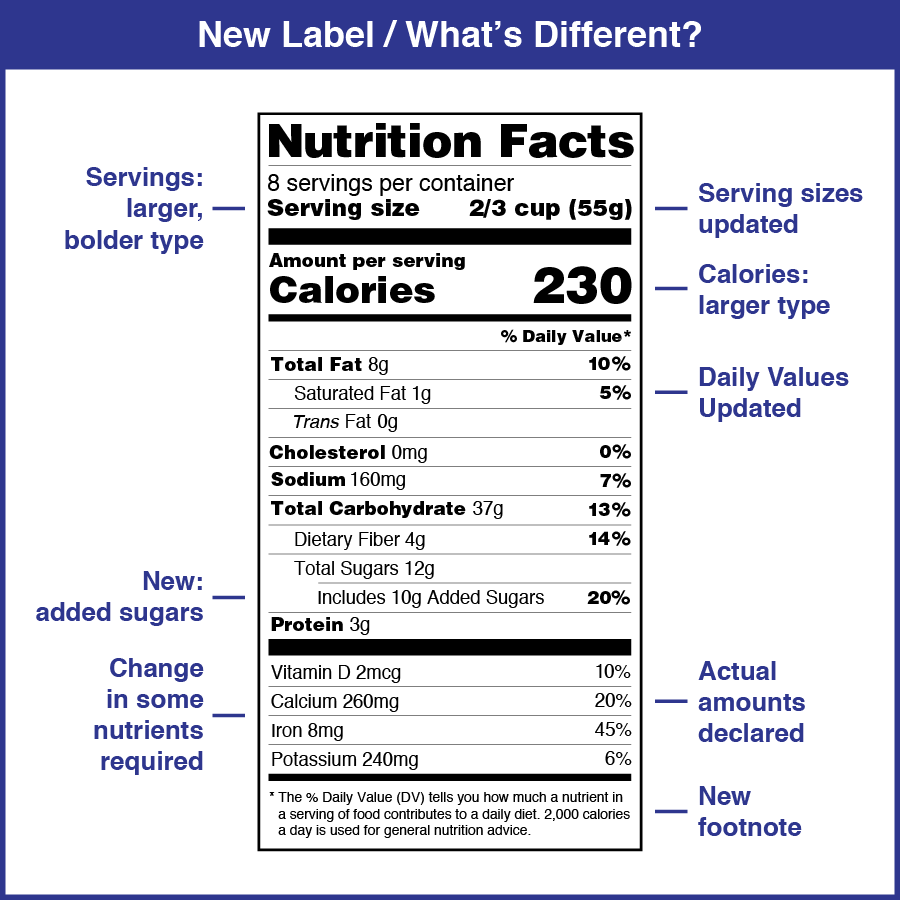
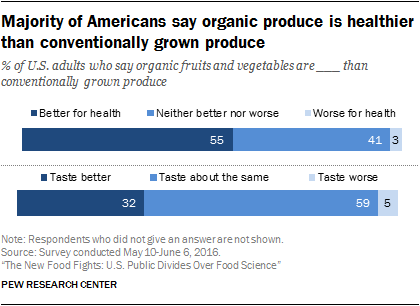
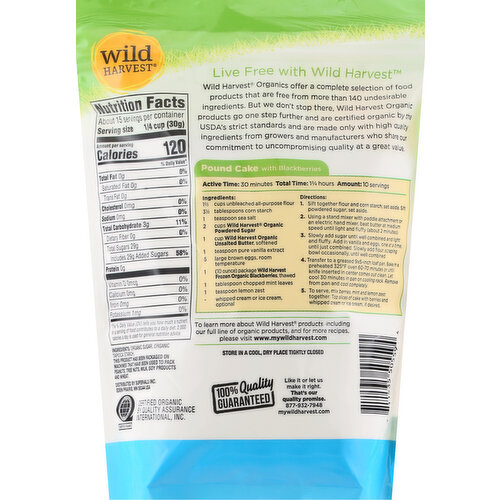

Post a Comment for "41 organic food standards and labels the facts"